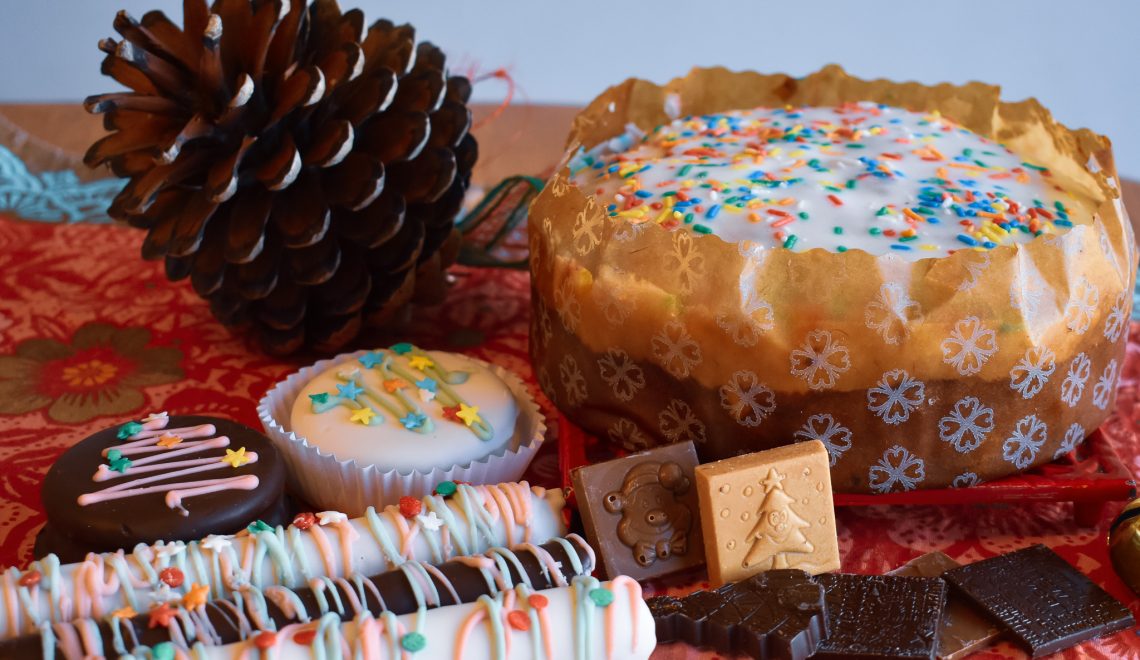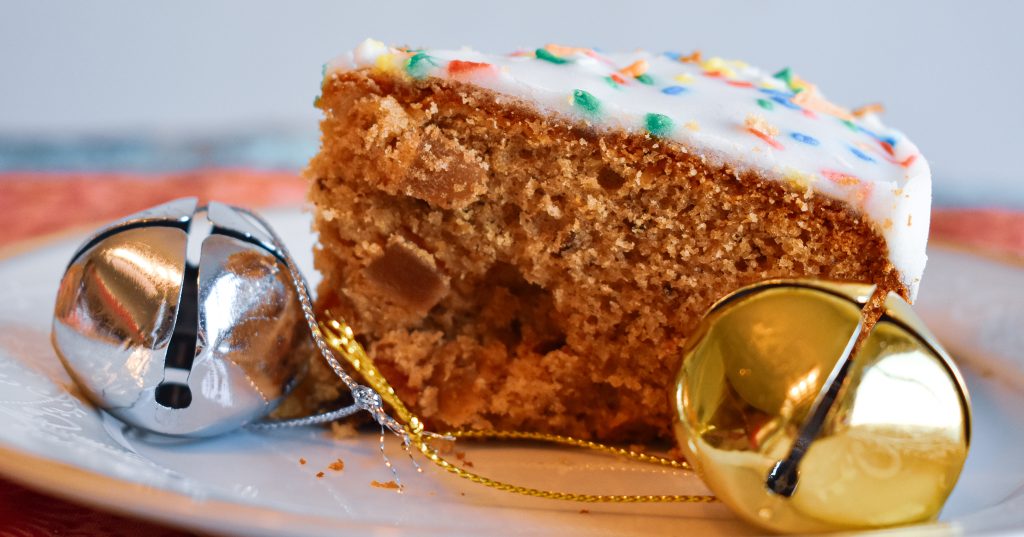
Embracing New Traditions
For me, Pan de Pascua has become a symbol of how traditions adapt, evolve, and sometimes surprise us—how new flavors can become just as cherished as old ones. Try this recipe below and introduce a new tradition into your home. You never know, you might grow to love it too.
Taste of Home
When I first experienced Christmas in Chile, it felt worlds apart from the festive celebrations I grew up with. It was the one time of year when I found myself yearning for my own traditions. There was no roast turkey with stuffing, no cranberry sauce, and certainly no creamy mashed potatoes. Flaming Christmas puddings and mince pies for breakfast were nonexistent. And at first, I struggled to adjust to this more low-key approach to the season.
Discovering Unexpected Comforts
Amidst these changes, I stumbled upon a curious little round cake called Pan de Pascua, or “Christmas Bread.” Initially, it was a somewhat dry, crumbly affair, studded with a few nuts and raisins—decidedly different from the festive treats I was used to. Yet, in its simplicity, it felt like a small slice of home. So, we bought a few every Christmas without fail.

The Evolution of Pan de Pascua
Over the past few years, something wonderful has happened to Chile’s Pan de Pascua: it has undergone a rather rapid transformation — from dry and crumbly to beautifully rich, fruity, and delicious. The version we enjoy today is a flavourful, tender cake infused with spices like nutmeg, cloves, and vanilla, and generously packed with nuts and dried fruits. Some variations even come topped with icing sugar, glaze, or colourful sprinkles. I’m not sure what sparked this evolution, but I’m certainly not complaining!
A New Tradition
Now, I can’t imagine a Chilean Christmas without a slice of Pan de Pascua and a hot cup of breakfast tea. Perhaps I, too, have evolved—gathering my own colorful sprinkles along the way.
Try Your Hand at a Traditional Chilean Pan de Pascua
Ingredients
- 250g unsalted butter (softened)
- 1 cup sugar (granulated or light brown)
- 4 eggs
- 1 cup honey
- 1 teaspoon vanilla extract
- 1 tablespoon rum or pisco (optional for flavor)
- 3 cups all-purpose flour
- 2 teaspoons baking powder
- 1 teaspoon baking soda
- 1 teaspoon ground cinnamon
- 1 teaspoon ground nutmeg
- 1/2 teaspoon ground cloves
- 1/4 teaspoon salt
- 1 cup raisins
- 1 cup dried fruits (chopped; apricots, figs, dates, etc.)
- 1/2 cup nuts (chopped walnuts or almonds)
- 1/2 cup candied orange peel (optional; finely chopped)
Instructions:
- reheat the oven: Preheat your oven to 170°C (340°F). Grease and line a round or loaf baking pan with parchment paper.
- Cream butter and sugar: In a large bowl, beat the softened butter and sugar until light and fluffy.
- Add eggs and liquids: Add eggs one at a time, mixing well after each. Then, pour in the honey, vanilla extract, and rum or pisco. Mix until smooth.
- Sift dry ingredients: In a separate bowl, sift together the flour, baking powder, baking soda, cinnamon, nutmeg, cloves, and salt.
- Combine wet and dry ingredients: Gradually mix the dry ingredients into the butter mixture, stirring gently until just combined.
- Add fruits and nuts: Fold in the raisins, dried fruits, nuts, and candied orange peel, ensuring they are evenly distributed in the batter.
- Bake: Pour the batter into the prepared baking pan and smooth the top. Bake for 50-60 minutes, or until a toothpick inserted into the center comes out clean.
- Cool and serve: Let the cake cool in the pan for 10 minutes before transferring it to a wire rack to cool completely.
Serve with a Chilean Twist
If you like, top with glacé fruit and pair with a glass of sherry, a splash of Baileys, or a serving of Cola de Mono (Monkey’s Tail) — Chile’s delicious take on traditional eggnog.
For more delicious Chilean recipes and specialties, visit Local Heart’s post on Sopaipillas con Chancaca!



